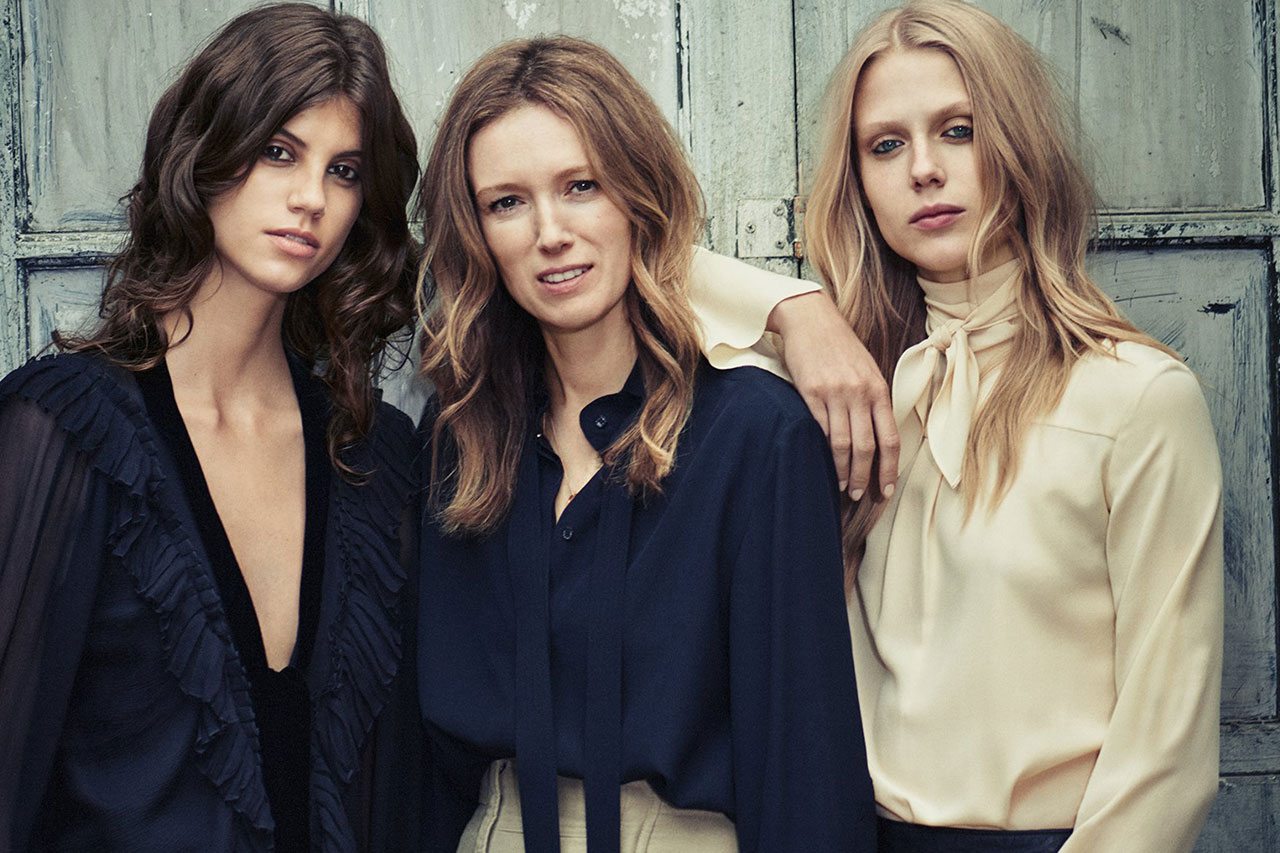A case study in lifestyle branding and sustainable development.
Kelly Slater, Outerknown for Mr. Porter photoshoot (Ben Weller)
On the coastal fringes of countries around the world there exists a subculture whose core values are embedded in local pride and group identity as practitioners of a specific lifestyle. These people call themselves Surfers, and their so-called High Priest is 43-year-old World Surf League Champion Kelly Slater, who hails from Florida. While still surfing competitively, secretly engineering artificial waves, and saving babies from rogue waves, Slater has partnered with some of fashion's heavy hitters to launch his new brand, Outerknown, now in its second season of production. Outerknown has been embraced by the fashion retail world for its lucrative potential, but met with backlash from Slater's long-time social media following who felt betrayed by the hefty price tags and associations with "sell-out" partners.
Image credit: Outerknown
When Slater ended his two decade relationship with Quiksilver in 2014 due to massive internal budget cuts that axed his clothing line, VSTR, the surf world was stunned. It was no surprise then that Slater would continue to exercise his entrepreneurial muscles elsewhere, seeking partners who shared his passion for environmentally and economically sustainable business practices. In an unexpected move, Slater turned to French luxury conglomerate Kering, which backs fashion brands like Gucci, Saint Laurent, and Balenciaga, along with sportswear staples like Volcom and Puma. As a minority share investor, Kering will facilitate Outerknown's logistical and e-commerce support while being a critical component to the brand's ambition to build a sustainable supply chain.
Outerknown's endeavor to create functional, high-quality menswear essentials without neglecting the target market's surfer lifestyle, has been largely the work of Slater's creative director John Moore. In his early career Moore helped launch Hollister Co., a brand criticized by the surfing community for commercializing attire and products that were once confined to its unique domain. Yet, "That's when I learned how to apply design and identity to the holistic brand experience," Moore said. "Branding isn't just a logo– It's the way something sounds, smells, looks, tastes and feels."
Perhaps the hardest concept for Slater's 3.5 million social media followers to comprehend is that Outerknown is not another big surf brand incarnation. In interviews with Surfline and Business of Fashion, Moore stated, "Outerknown is not a surf brand... It's extremely timeless. I am hesitant to define it as luxury, I hope we can be more accessible than that. The sweet spot is anywhere from $70 to $400, and we'll have statement pieces, cashmere pieces, outerwear pieces that will go beyond that. Brands like Acne and A.P.C. would be great company."
Samples from the Spring 2016 collection: The Arroyo Coat made of hemp denim and recycled shearling lining ($495), The Jetlag Crew Sweater knitted with organic cotton alpaca wool ($385), and The Touring Pant ($175), all available online at the Outerknown.
Some argue that Outerknown isn't doing anything different or more innovative than other sustainable stores like Patagonia, but what's to criticize about its own efforts? According to a 2014 study by marketing agency Good.Must.Grow, 30% of consumers expect to increase the amount of goods and services they buy from socially responsible companies, up from 18% in 2012. In Surfing Magazine, Slater explained his ethical approach: "At the end of the day I'll be held responsible for the decisions Outerknown makes as a brand. We have to choose where the materials are sourced from and how the clothing is produced, and I'm putting my neck on the line. The goal is to be transparent. I've heard about companies that have actually produced their own plastic bottles in order to make their plastic bottle board shorts that are supposed to be all recycled. That's sad. That's a joke."
Consumers today are becoming more educated about the products they buy, and appreciate those things that have a positive back story. "If you're going to use good materials and take care of people working in your factories, the clothing will be exponentially more expensive to produce," Slater said. The Washington D.C. Institute for International Economies found that 80% of individuals are willing to pay more for an item given the assurance that it was made under good working conditions.
Image Credit: Kelly Slater and John Moore by Barbara Davidson for the Los Angeles Times.
In appealing to the conscience of eco consumers and surfers simultaneously, Slater and Moore understand that there is a niche market for their products within the surf community.
"Men and women have grown up with surf brands, but the key is that they've grown up and their interests have evolved," Moore said. "Everyone dreams of a coastal lifestyle– what that surfing lifestyle represents– but they don't necessarily want to dress head to toe like a surfer." This balance may be the secret to its longevity: It allows the mantras of the brand's social responsibility to reach consumers who may never have considered investing in ethical clothes. And that's a feat few can accomplish. ❂
(Originally Published February 2016)
http://peacockplume.fr/fashion/brands/outerknown-kelly-slaters-sustainable-enterprise




































